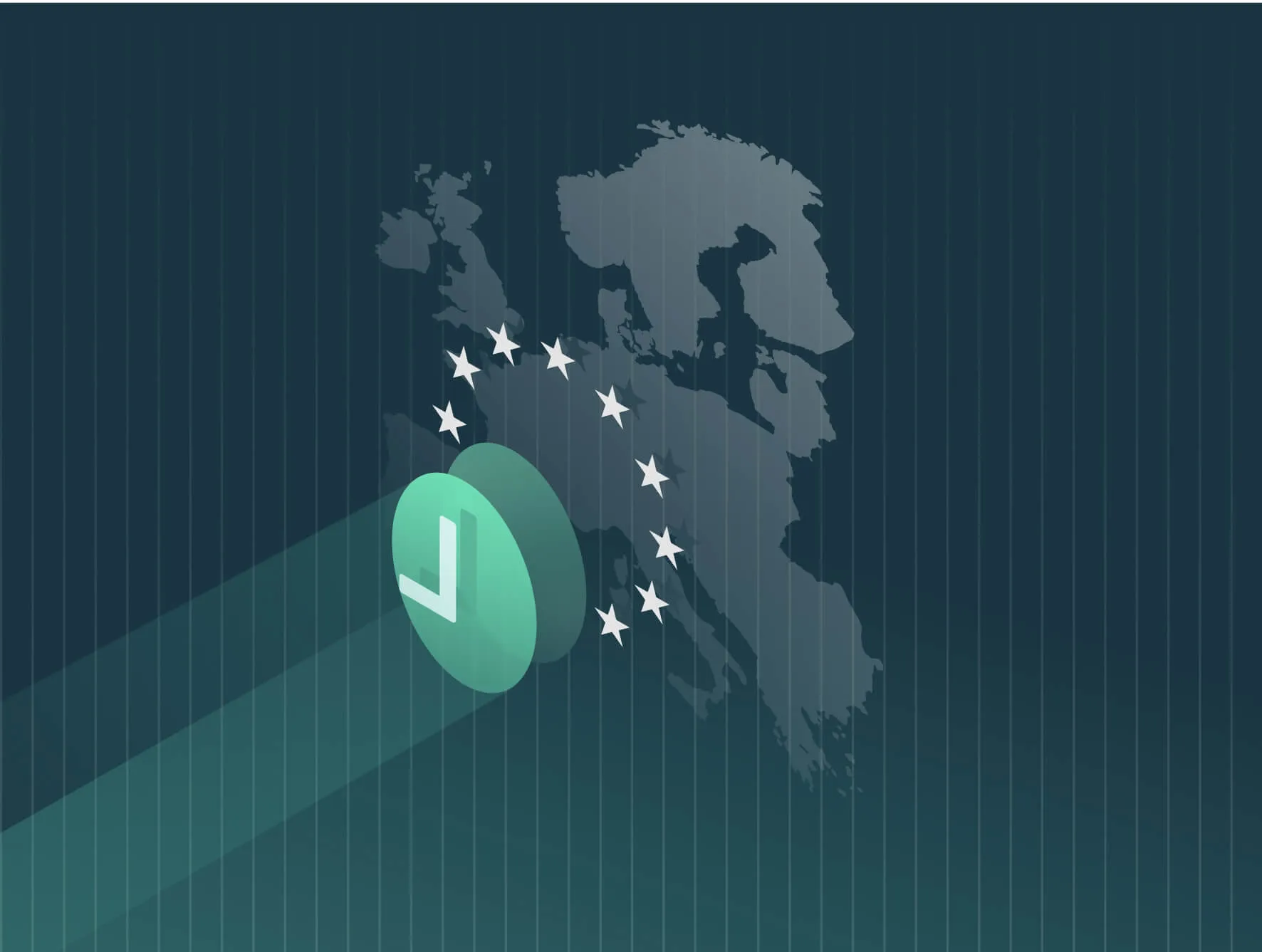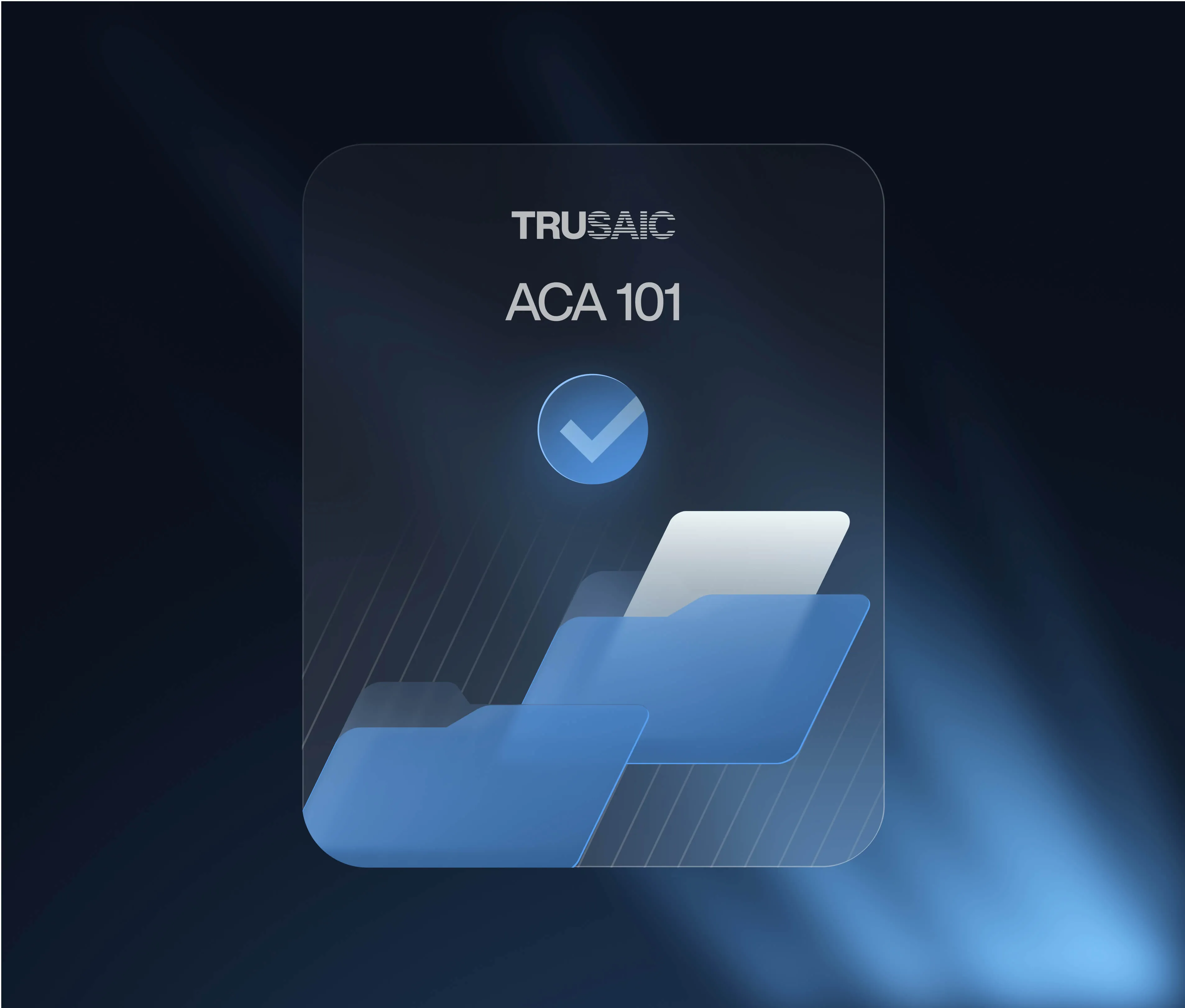A bill aiming to address equal opportunity in employment during recruitment and selection was blocked in the Dutch Senate. The “Supervision of Equal Opportunities in Recruitment and Selection” bill was on track to pass in early March, but has now been postponed until 2027.
It’s the latest development in a bill that has been iterated and deliberated on since December 2020.
The bill stated that the Dutch Labour Inspectorate would monitor the presence of a recruitment and selection method that creates equal employment opportunities. In January 2021, a reporting obligation for intermediaries for discriminatory requests was added to the bill, meaning that intermediaries were required to report clients who persist in a discriminatory request to the labor inspectorate.
Some in the Dutch Senate withdrew support, noting that the law imposes too many administrative burdens, while questioning the positive effect of it.
Another factor at play, potentially, is the forthcoming EU Pay Transparency Directive. As a member state of the EU, the Netherlands must transpose the directive’s minimum requirements into law by June 2026. Some elements of the directive include mandatory opportunity equity in hiring and recruitment processes.
Thus, one way or another, Dutch employers will be expected to comply with equal opportunity reporting by 2026.
Dutch Law Specifics
Had the law gone into effect as planned, employers in the Netherlands would have had to comply with three key obligations:
- Implement a practice to ensure equal opportunity in recruitment and selection. Employers with 25 or more employees would be required to document this practice in writing. Intermediaries and employment agencies must always document the practice in writing, regardless of the number of employees.
- Verification. This applies when recruitment and selection are done through a third party. Employers would need to verify that this third party also has a practice aimed at preventing labor market discrimination. This could, for example, become a standard question in entering into a relationship with a third party.
- Reporting. Intermediaries and employment agencies would have to have an internal procedure that sets out how they deal with discriminatory requests, and suspicions thereof, from clients or hirers.
Fines for non-compliance made via the Labor Inspectorate were set to a standard amount EUR 4,500.
Minister Karien van Gennip of Social Affairs and Employment had brought the bill forward and in 2023 it was approved by the House of Representatives.
Van Gennip responded to the news of the Senate rejection in a LinkedIn post.
“Extremely painful that an anti-discrimination law is voted down. This is truly a missed opportunity. Everyone deserves an equal opportunity in the search for a job. That starts with objective recruitment and selection. Applicants are widely discriminated against based on their age, name, appearance or gender. Consciously, but also often unconsciously.”
“Despite all the guidance, studies, action plans and covenants, labour market discrimination has not decreased for most groups and has even increased for certain groups. Encouraging employers to take measures on a voluntary basis has insufficient effect. That’s why I’m so supportive of this law,” van Gennip added.
The Push for Opportunity Equity
Opportunity equity is the latest strategic initiative to encourage progress in closing pay gaps and creating gender parity.
Organizations can take the following proactive steps to foster a workplace that incorporates opportunity equity:
- Build diverse and inclusive organizations. Global research from McKinsey found that organizations that rank in the higher quartile of gender and ethnic diversity in leadership are more likely to financially outperform their peers that rank in the lower quartile of diversity.
- Move toward a policy of pay transparency. Half of all U.S. job postings now include pay data and not all of this growth is due to compliance requirements. Including salary information in job postings creates a culture of transparency and attracts more qualified job applicants to your open positions.
- Evaluate hiring and retention practices. An organization cannot achieve workplace equity goals if its hiring practices are not conducive to attracting diverse candidates. What’s more, this fosters a workplace culture that might lend itself to high turnover rates among those diverse candidates that are in fact hired. Evaluate if your organization provides equitable opportunity for all employees to thrive and advance.
- Analyze pay and promotion practices. Doing a pay equity analysis will identify where inequities exist in your organization but simply remedying them with one-time pay adjustments could mask the real issue. Are performance reviews significantly influencing pay increases and promotions? If so, is there a disparity in gender or race/ethnicity in who is being promoted based on these performance reviews? These are issues your organization should evaluate.
It is highly probable that opportunity transparency will follow pay equity in becoming a key strategy to address pay gaps and career inequities. In light of this, we recommend that organizations remain vigilant.
Complying with the EU Directive
EU member states have three years from June 7, 2023 to transpose the directive into law. Likely implementation dates are 2026, however, some countries may enact legislation earlier. All 27 member states are required to adopt the directive.
Dutch employers can take several preliminary steps to ensure compliance with the upcoming legislation. The EU Directive includes a requirement for a Joint Pay Assessment where pay gaps are higher than 5%. Dutch employers currently have no requirements to provide remediation plans for pay gaps, which will make compliance an uphill battle.
The Netherlands gender pay gap hovers around 14%, meaning many employers in the nation are currently at risk. Thus, they will need to ensure they have completed a pay equity analysis to understand where any unexplained gaps exist and develop plans to remediate appropriately.
Further, employers with operations in the Netherlands should reevaluate recruitment processes to comply with salary range and salary history ban requirements. One way to achieve this is to create equitable, explainable, and competitive salary ranges. For example, is the base salary competitive and commensurate with employee skills?
Other items include:
- Pay explainability. Prepare to explain how you differentiate and define performance in setting base salaries. Pay transparency legislation means workers must be given access to criteria used to define salary and pay raises.
- Analyze pay gaps. Identify the causes where pay disparities exceed 5%. If there is no objective justification, we recommend addressing any anomalies to remove those unexplained gaps.
- Intersectional pay equity audit. Intersectionality is essential to close the gender pay gap. It recognizes that individuals can experience discrimination and inequality based on the intersection of multiple identities, such as race, gender, disabilities, age, and more. As noted above, intersectional discrimination is defined in the EU Transparency Directive.
Trusaic is GDPR compliant and can assist any organization in any EU state in meeting its obligations under both the EU Corporate Sustainability Reporting Directive and the EU Pay Transparency Directive








